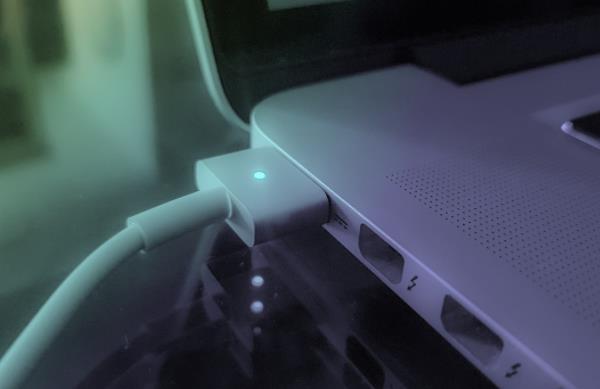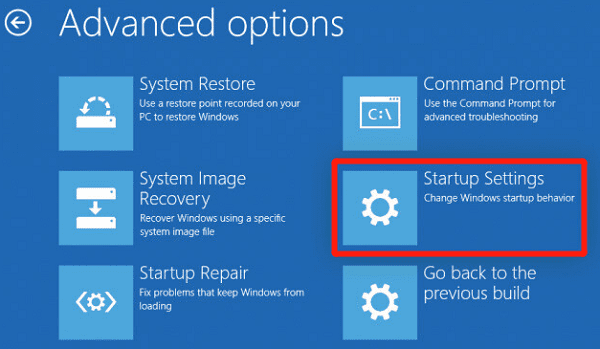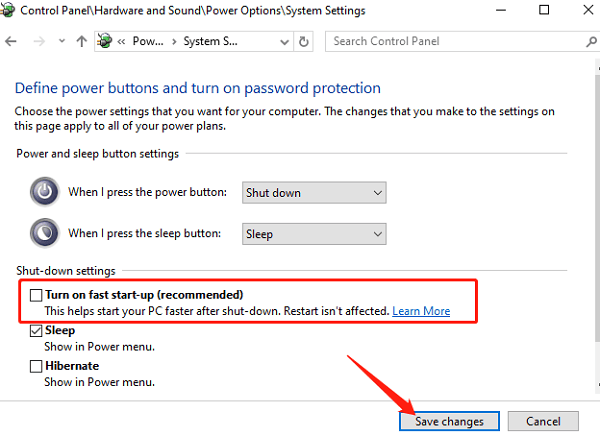When you use the computer, you find that the screen is black and cannot be opened. Don't panic, this article will introduce several common solutions to help you solve the problem of black screen on your computer.

Step 1: Check Your Power Supply
Before diving into complex solutions, it's essential to rule out simple power issues. Ensure that your computer is plugged in and receiving power. For laptops, check that the battery is charged and the power adapter is functional. If using a desktop, confirm that the power supply unit (PSU) is operational by looking for any LED indicators on the motherboard or peripherals. If nothing seems to power on, try a different outlet or power cable.

Step 2: Inspect Your Monitor
A malfunctioning monitor can also cause a black screen. Check that your monitor is turned on and that it is connected correctly to your computer. Ensure that the cables (HDMI, VGA, DisplayPort) are firmly connected. If possible, test your monitor with another device to confirm that it's functioning correctly. If you have another monitor available, connect it to your computer to see if the issue persists.
Step 3: Boot in Safe Mode
If the monitor and power supply are functioning correctly, but your computer still shows a black screen, try booting into Safe Mode. Safe Mode loads only the essential drivers, which can help you determine if the issue is caused by a third-party application or driver.
1. Turn off your computer and turn it back on.
2. As soon as the Windows logo appears, hold down the power button to interrupt the boot process.
3. Repeat this process two or three times until you see the "Preparing Automatic Repair" screen.
4. From here, select Advanced Options > Troubleshoot > Advanced options > Startup Settings > Restart.
5. After your PC restarts, select Safe Mode (usually by pressing the F4 key).

If your computer boots successfully in Safe Mode, it indicates that a software conflict is likely the cause of the issue.
Step 4: Update Drivers and Software
Once in Safe Mode, check for outdated or corrupt drivers that could be causing the black screen. You can use Driver Sentry for automatic driver detection and updates, saving time and avoidin installation errors.
Click the download button to get the latest version of Driver Sentry. After installation, open the software and click "Scan".

After scanning, it will show which drivers need to be installed or updated. Find the graphics driver in the list and click "Update".
Once updated, restart your computer to ensure the new drivers take effect.
Step 5: Disable Fast Startup
Sometimes, the Fast Startup feature in Windows can cause boot issues, including a black screen. To disable it:
1. Boot into Safe Mode.
2. Open the Control Panel and select Power Options.
3. Click on Choose what the power buttons do.
4. Click on Change settings that are currently unavailable.
5. Uncheck the box next to Turn on fast startup and save changes.

Step 6: Check Hardware Connections
If software solutions fail, it's time to check the hardware. Open your computer case (desktop) or access the back panel (laptop) and ensure that all components, such as RAM, graphics cards, and hard drives, are securely connected. Reseat these components if necessary.
The above is the solution to the problem of black screen and inability to open the computer. I hope it is helpful to you.
See also:
How to Fix Silent Hill 2 Remake Crashing
Fix Windows Boot Manager not showing in BIOS